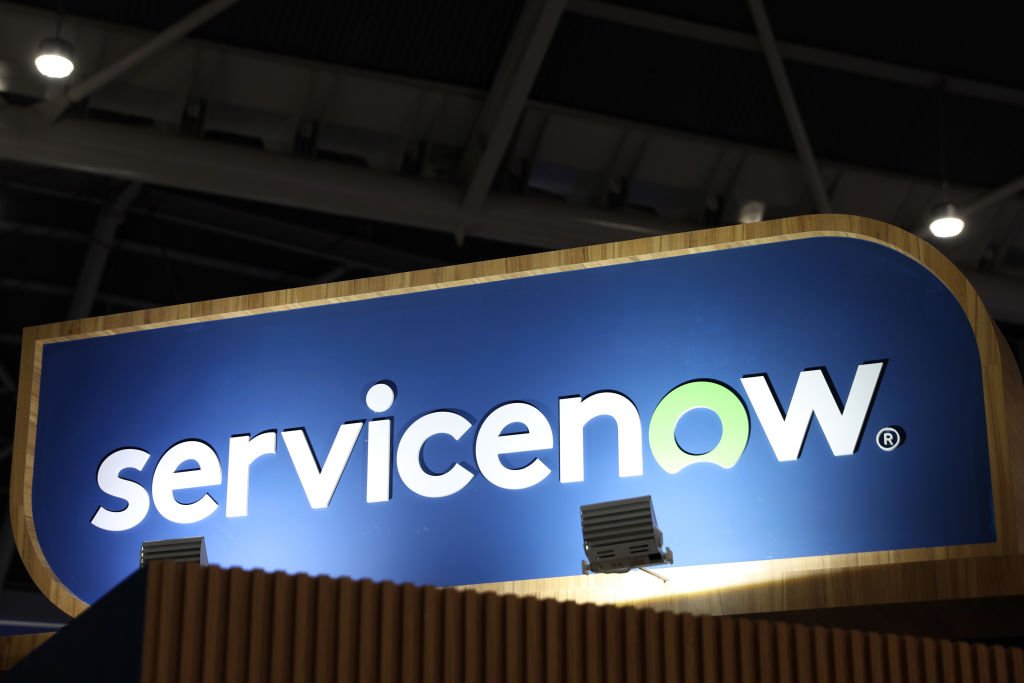If data is truly the fuel for generative AI, and one of the keys to a successful implementation is access to data meaningful to running the business, it would seem that certain SaaS vendors have a built-in advantage where the data is concerned. Executing is another matter, but if the data is there, the models at least have something more meaningful to work with.
One of the earlier SaaS adherents to generative AI has been ServiceNow, which has been able to take advantage of the data in its own platform to help build more business-centric models.
For CIO Chris Bedi, it’s all about building a practical experience that helps people get work done more efficiently. “I’m a firm believer that a model is only as good as the platform. If it’s part of a great model, but it’s not attached to an experience, not attached to a workflow, what’s the point?” Bedi told TechCrunch.
Brent Leary, founder and principal analyst at CRM Essentials, says ServiceNow is making a deliberate effort to focus its AI on practical matters. “I think ServiceNow’s focus on building their own full-stack generative AI platform gives them the ability to aim their efforts on workflow creation, optimization and integration. This has the opportunity to impact processes that cross into multiple departments/areas and platforms,” Leary said.
To achieve that, the company is building AI into all its workflows. Bedi divides ServiceNow’s generative AI capabilities into three broad areas.
The first is dealing more systematically with requests. “When someone is asking for something, we call that a requester. That could be a customer, it could be a supplier, it could be an employee. How do you help them get an answer faster?”
The second piece involves helping agents do their job better, regardless of their focus. “You can be an HR agent, an IT agent, a customer service agent — somebody’s doing something — helping them do the repetitive type tasks faster, or completely moving it to the machine, and we’re seeing productivity gains there as well,” he said.
The last piece is finding ways to speed up innovation. Bedi thinks that this could bring a whole new level of automation like text to code, text to automated workflow or even working multimodally to allow users to do things like taking a picture of a diagram or whiteboard brainstorming session, and turning that picture into a workflow.
Taking a broad approach
“ServiceNow is implementing a unique AI strategy that is a mix of building, buying and partnering,” said Holger Mueller, an analyst at Constellation Research. He says the company needs such a diverse strategy for a few reasons.
“First of all, ServiceNow customers have a wide range of AI partnerships, and they want ServiceNow to leverage and cohabitate with them,” he said. Those partnerships include the likes of Nvidia and Microsoft, among others. “Then it needs to build its own AI automation as customers also expect out-of-the-box AI experiences,” he said. Finally, it combines in-house development with acquisition to build out the platform.
At the same time, the company has customers with varying degrees of AI readiness, and it needs to provide a range of solutions that cross those capabilities, says Jeremy Barnes, VP of AI product at ServiceNow, who came to the company via the acquisition of his previous company, Element AI. “I’d say the biggest and fastest growing companies have, for the most part, nailed the organizational changes needed to implement digital transformation,” he said.
But for those who aren’t as far along, they try to combine their own solutions with help from ISVs and MSPs to get them up to speed to take advantage of AI.
Financial analyst Arjun Bhatia from William Blair sees the new AI capabilities as something customers are willing to pay for. “While it is still early, ServiceNow highlighted strong demand trends for its new Pro-Plus SKUs as enterprises look for ways to invest in gen AI,” he wrote in a report published in May. What’s more, the company has seen relatively little pushback on the pricing, which could indicate that they see value.
Moving at the speed of customers
IDC analyst Stephen Elliot says that the company has been investing in AI, generative AI and related talent for more than five years, and customers are seeing results from that effort.
“Customers I have spoken with that are using Now Assist say early results look very positive with business returns around ticket deflection, knowledge base summarization and improved customer experiences with virtual agents. Cost and team productivity are the core business value realization themes,” Elliot told TechCrunch.
Bedi says he thinks about AI in a couple of ways: One is more short-term, and the other is looking ahead when AI may be more capable and have deeper inroads inside companies. “The way that we define mode one, it’s really about incremental improvements to existing ways of working,” he said. He sees companies using current AI technology to improve the way they move and organize work.
But where it will get really interesting is in the future when you can look at a process and come up with an entirely new, AI-driven way of working. “Mode two would be saying, if we were to start with a blank sheet of paper, what work would go to the machines, and what work would be left, and what interesting work could we have the human still do?” he said.
Bedi has also looked to take advantage of AI in-house for his own employees. And the company has built an AI platform called AI Control Tower to help provide a unified experience for developers building applications in-house. “The whole idea is giving engineers the freedom to pick whichever model they want, and not have to do all the extra work of managing whatever is required they do differently, based on their choice,” he said.
What’s more, from an IT management perspective, they are managing the models like any other IT object. “So a model in production is an asset, and an asset has to have a cyber posture to it, operational resilience to it; we have to know that it’s running when it needs to run. And we’re measuring the efficacy of the models and the adoption of the models.”
For Barnes, that fits in with the overall approach the company is taking to move customers to being more AI-focused. “We’re really going from the core use cases for generative AI to reimagining every part of how work gets done,” he said. “It also includes the ability to tackle higher level kinds of tasks, using better tools in order to understand what’s happening with AI, and how AI and humans can contribute to getting the work done together.”





